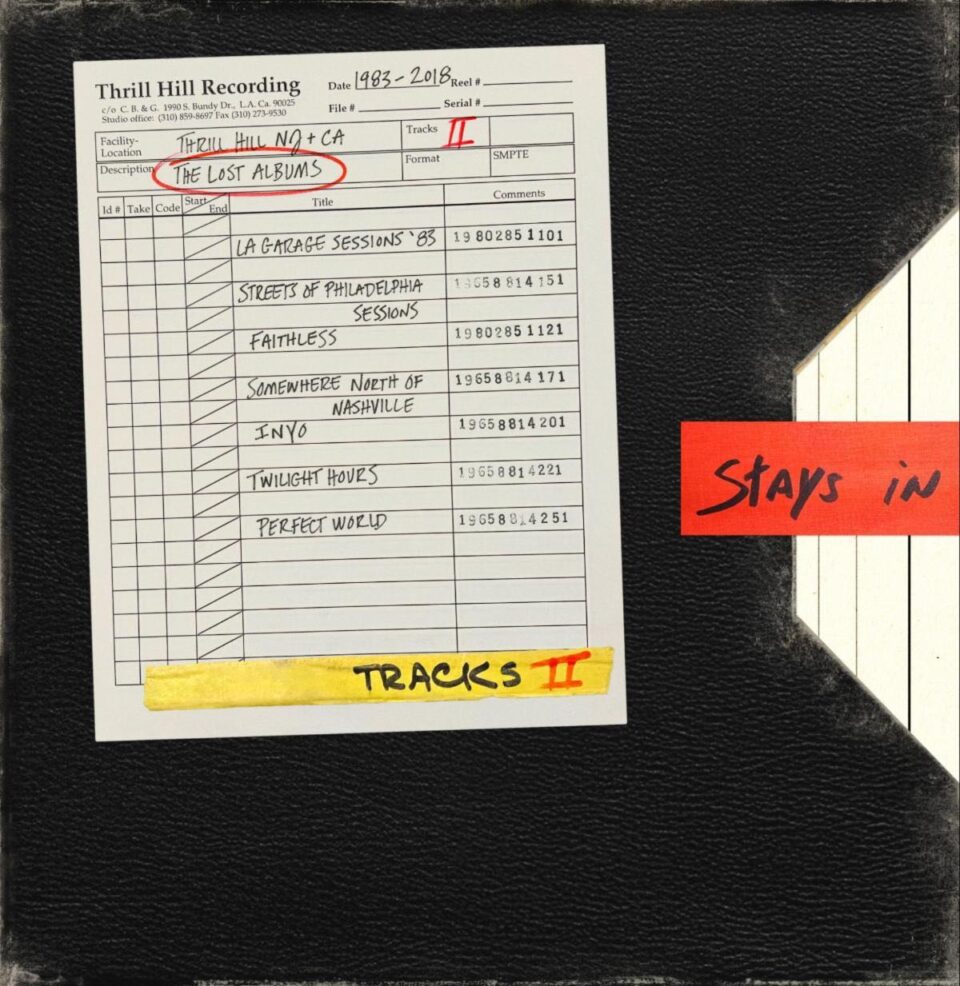Lou Reed
Hudson River Wind Meditations
LIGHT IN THE ATTIC
Toward the end of his life, Lou Reed made two albums that summed up a large portion of his aesthetic: the noisily feedbacking, fucked-up lyricism of 2011’s metallic Lulu with Metallica and the somnolent, subtly melodic solo effort, Hudson River Wind Meditations in 2007. Originally released in small doses by the Sounds True label, Reed and his longtime producer Hal Willner dedicated themselves on the latter to pensive, devotional music designed to relax the body, mind, and spirit in relation to his cherished practice of tai chi and its usual bodywork.
“In Tibetan Buddhism teachings, heart and mind are the same word—citta—close to the chi of Tai Chi, which is pure energy,” said Reed’s wife, the artist Laurie Anderson, in the notes to Hudson River Meditations, the second release in Light in the Attic’s Archival Series on Reed’s music which kicked off with 2022’s Words & Music, May 1965. “This music is pure energy; it breathes in and out. It’s not like here’s the beginning: dum da da! And now it develops, and now it ends! Rather, it’s one long loop that keeps changing in subtle ways.”
Considering that Reed was the penman of lovely, intimate, yet still dramatic slow epics such as “Pale Blue Eyes,” “Berlin,” and “Perfect Day,” the elegiac but uplifting tonic qualities of Meditations’ “long loop” is no surprise. Along with being instructional when it comes to the chi of tai chi, “Find Your Note” and “Move Your Heart” are beautiful still lives with nary a pulse to ruin their breath and breadth. It is, however, during the 32-minute former track that another Reed emerges—the man who crafted the infamously upsetting Metal Machine Music as a study in white noise. Like that record, there’s an intensity to the drones set right below the surface that ebbs and flows as the recording continues. Unlike MMM, the rich harmonics of such passion are softer, elevating, and geared toward peace, mindfulness, and play.
That said, I don’t know if Reed wasn’t trying to elevate the mind and soul during Metal Machine Music—perhaps in a different fashion, for a different time.









